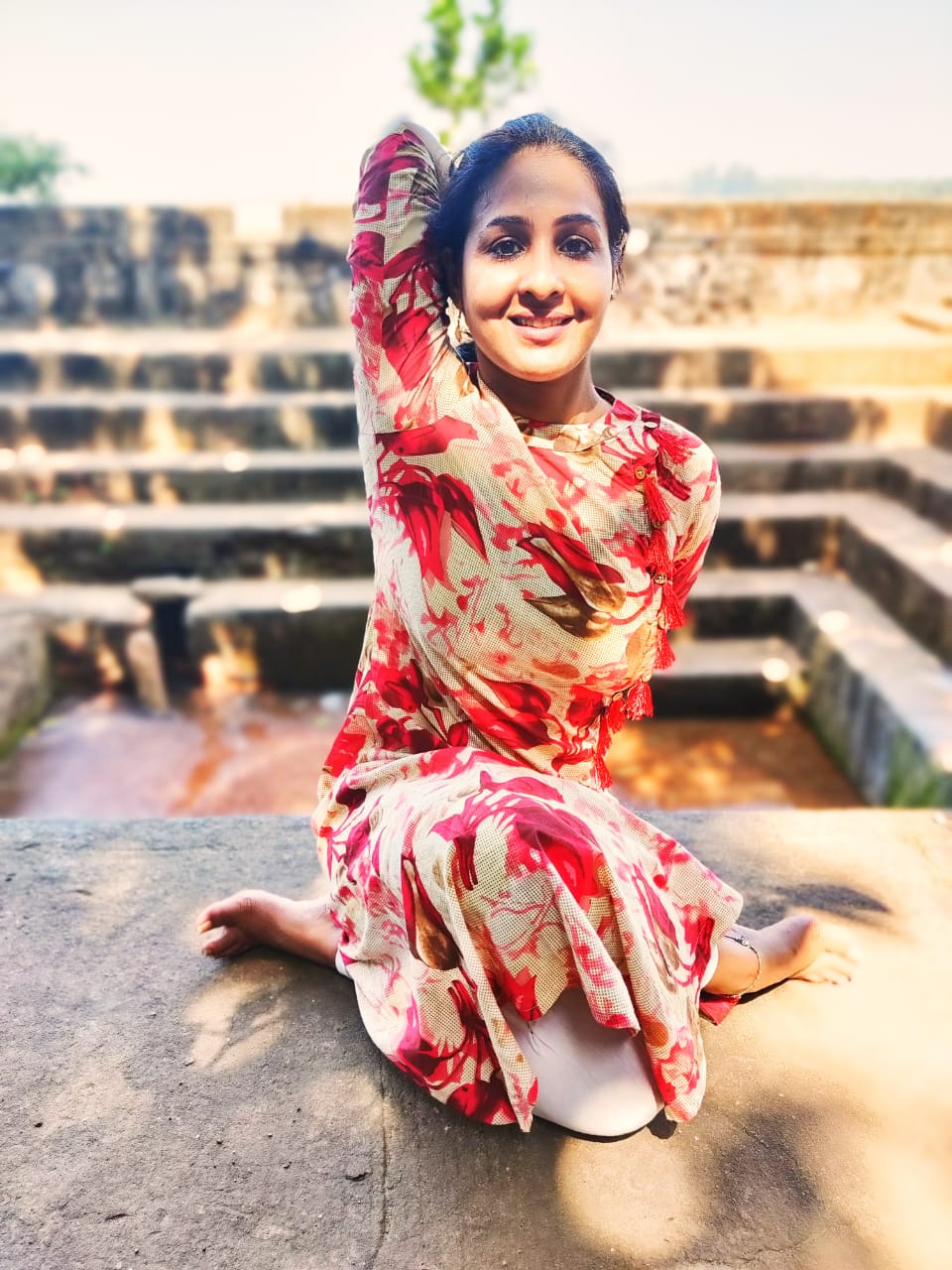This article is a part of a series by The Better India to share verified information about COVID-19 care. While several posts on various aspects of fighting COVID-19 are being circulated on social media and messaging services like WhatsApp, we urge you not to trust unverified content. To separate fact from fiction, we will be sharing the videos and content with doctors and experts and bring you their responses with scientific research-backed information.
The recovery phase post COVID-19 is extremely crucial and one must ensure that adequate importance is given to it. There are various reports emerging on the long-term impact of COVID-19 and one way to deal with that is to build your immunity.
While ensuring that you get all the required nutrients through your meal is one way, exercising is another way of staying fit and building immunity.

In this article, Dr Charu Arora who is a cardiologist and also has an MBA degree from Indian School of Business (ISB), Hyderabad, is an internationally-certified yoga teacher. She shows us certain yoga asanas that will help in the post recovery phase of COVID-19.
Post COVID-19 recovery and strength gaining asanas: Kapalbhati and Sethu Bandhasana
Kapalbhati is a technique that requires you to breathe out forcefully. The key to practising this asana is active exhalation and passive inhalation. This pranayam is said to improve lung capacity and also strengthen it. It also increases blood supply to various parts of the body and makes you feel more energetic. While practising this yoga technique, it is advisable to sit in the crossed-leg position. Those who suffer from back pain can rest their back on a wall.
Sethu Bandhasana is also called the ‘bridge pose’ and is great for improving energy levels by activating the muscles in the back and legs. It also has a calming effect. It is also known to have benefits to keep your brain and spine healthy.
Dealing with COVID-19 stress: Dirgha Pranayama
Known to calm the body and the mind, the practise of this pranayam is immensely beneficial to those who are dealing with the stress of COVID-19. While practising this pranayam, you are required to inhale and exhale deeply through the nose. With each breath you inhale, first fill your belly with your breath and feel it expand with air like a balloon. Continue this until you feel the expansion in your chest and then neck area. While exhaling you will notice the movement in the neck, then chest and lastly abdomen. This yoga pose activates the parasympathetic nervous system and helps in calming the mind. Practising this will help oxygenate the entire body and will leave the entire body feeling nourished.
For improved sleep: Brahmari
The practise of this pranayam requires you to exhale in a prolonged way creating a humming sound with the mouth closed. When you create the humming sound, you should be able to feel the vibration at the back of your head. If one is feeling anxious or stressed out, the practise of this pranayam can help release the negative emotions and make one feel better. For best results, repeat for a minimum of five times.
It is said to lower blood pressure and bring a sense of calm. It releases tension and is recommended as a night time routine to ensure good sleep
For fatigue: Gomukhasana and Ananda Balasana
The practise of Gomukhasana, also referred to as ‘cow face’, will help alleviate exhaustion. You are required to sit up, stack your knees directly above each other and clasp your hands from behind your back. It is also known to be a very calming and centring pose. While clasping your hands, please remember to breathe in and out.
Ananda Balasana, also referred to as the ‘happy baby pose’, requires you to lie on your back and stretch out your legs above your hips. Clasp your feet with your hands and spread your legs as much as possible. While doing so, make sure that your lower back is pressed towards the mat. This can be followed up by rocking from side to side. As you are doing this, do not forget to breathe in and out. This can be practised daily.
Improve lung capacity: Diaphragmatic Breathing
Also called ‘belly breathing’, this pranayam requires you to breathe in and out through the abdomen using the main muscle for breathing – the diaphragm. This is practised in a lying down position. With every breath you take, you must fill your belly with air completely. While exhaling make sure that the abdomen comes in completely to complete a cycle. Practising this helps in expanding the lungs with every breath. This can be practised three to four times in a day.
If you are recovering from COVID-19 or know someone who will benefit from the practise of yoga, you can reach Dr Charu via her website here and Instagram here.
Disclaimer: Please consult a yoga expert for your particular health condition, before you try any move at home.
(Edited by Yoshita Rao)
No comments:
Post a Comment